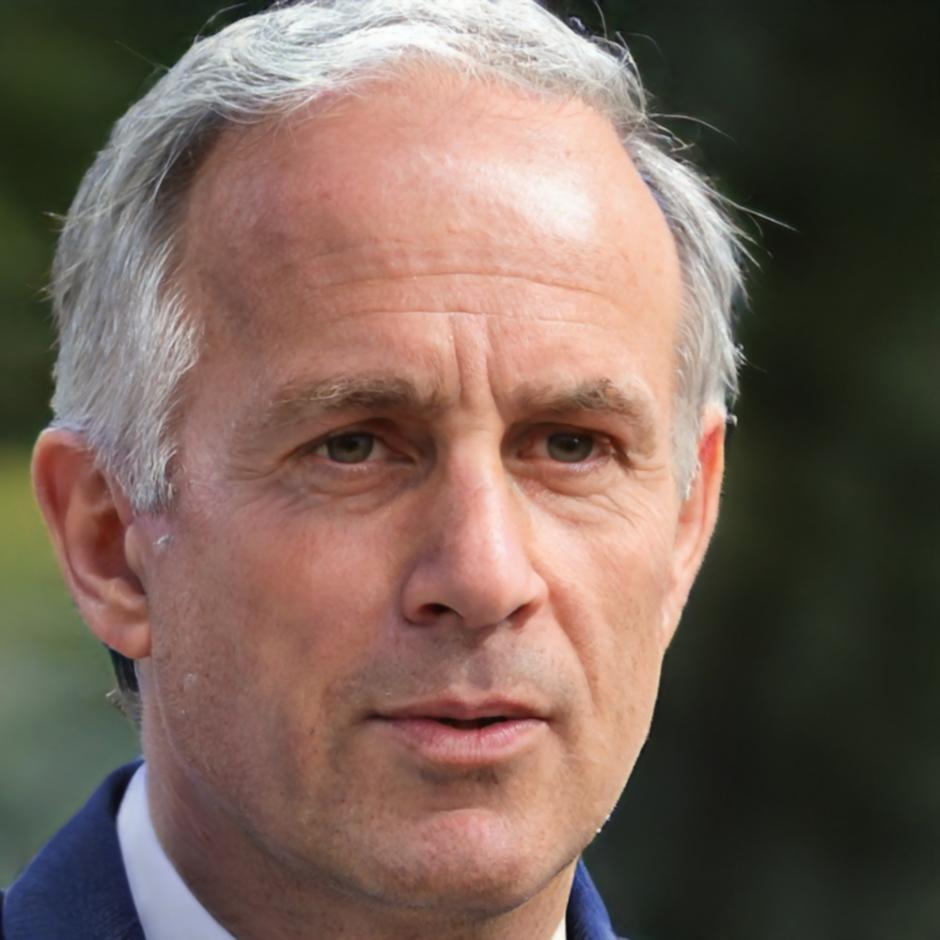Financial Analysis Education That Actually Works
We've spent eight years figuring out what businesses really need when it comes to financial education. Not theoretical concepts that look good on paper, but practical skills that help teams make better decisions with real money.
Our approach came from working with over 200 Australian businesses who told us the same thing: traditional financial training wasn't connecting with their day-to-day reality. So we rebuilt everything from the ground up.



